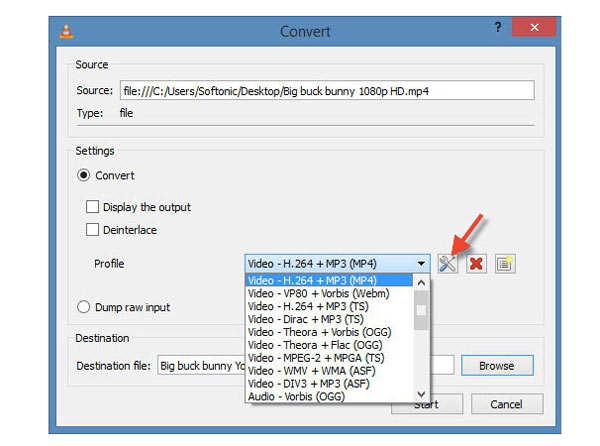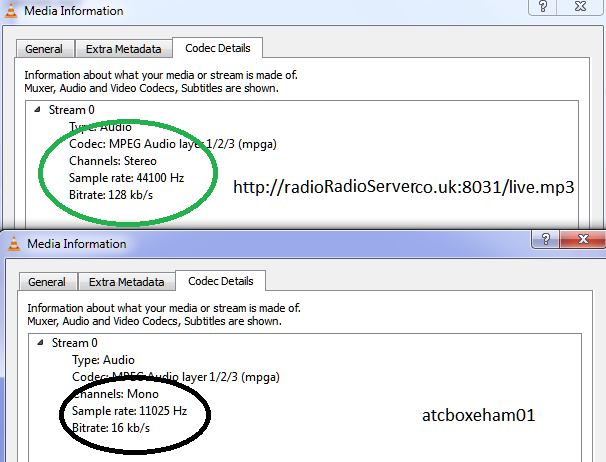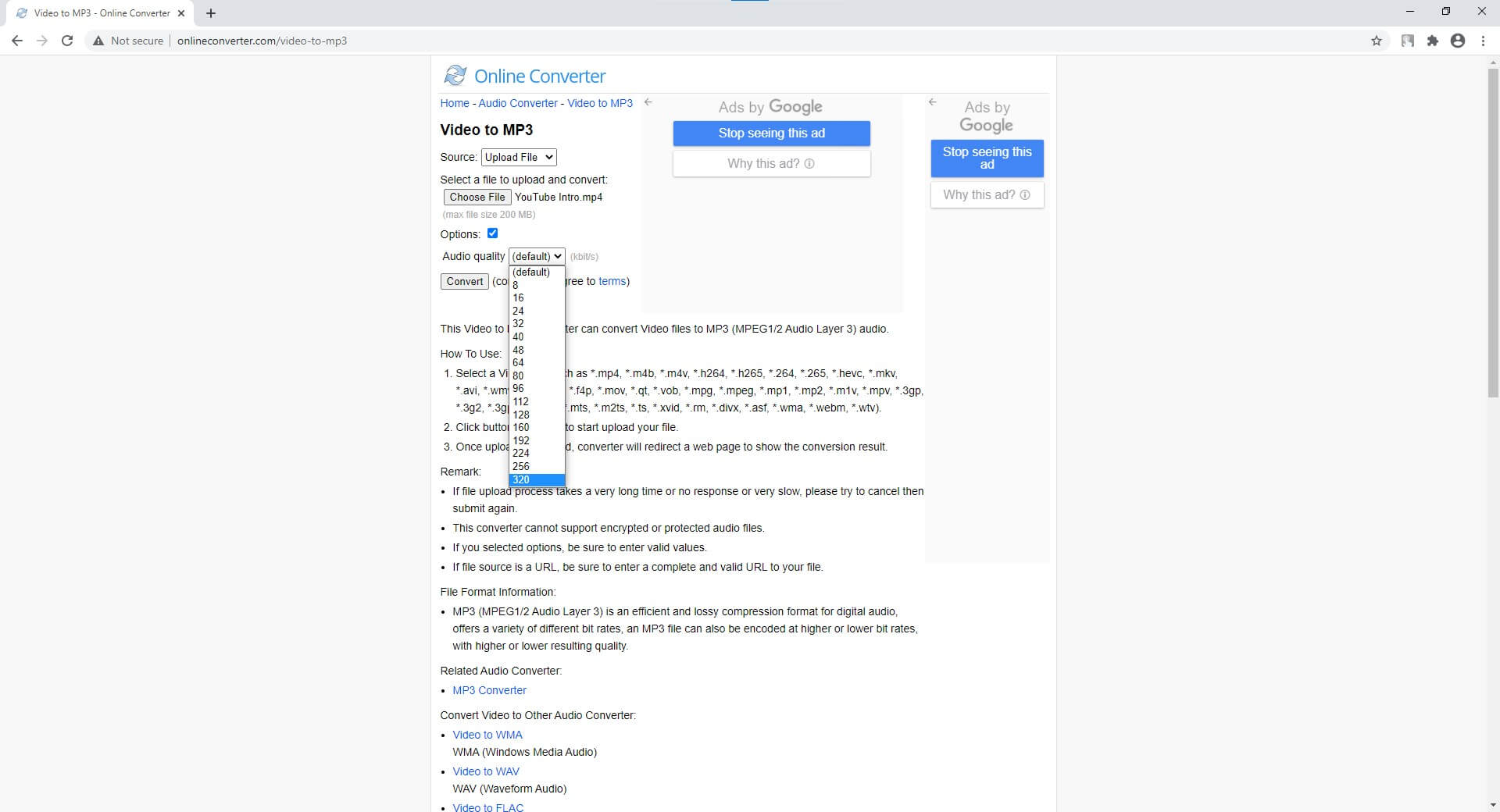Regulated by the Moving Picture Experts Group (MPEG), MPEG-3 refers to coding standards for high definition television (HDTV) signals. The group is part of the International Organization for Standardization. Since 1988, the group has been responsible for creating both video and audio coding standards.
MPEG Layer III audio encoding is defined in two ISO/IEC specification families (MPEG-1: 11172-3 and MPEG-2: 13818-3). Description MP3 compression employs perceptual coding, an approach based on psychoacoustic models that permit the codec to discard or reduce the precision of audio components that are less audible to human hearing. MP2 is the dominant audio codec in digital audio broadcasting and is also used in the production of Video CDs (VCDs). MPEG-1 Audio Layer II is defined in ISO/IEC 11172-3. An extension of MPEG-1 Layer II is defined in ISO/IEC 13818-3, which adds more sampling and bit rates as well as support for up to 5 audio channels. Production phase.


It is important to note that this specific standard no longer exists, and that the standards set forth within it are now a part of MPEG-2. When the group originally took on the responsibility for setting the regulations for HDTV in 1992, they were simultaneously working on the other standard. It was discovered, however, that MPEG-2 encoding could accommodate HDTV signals as well, so the new standard was therefore discontinued.
Mpeg Audio Layer 1/2
MPEG-2 supplies coding standards for all HDTV signals that are sent at 1080p, which is a shorthand term for the video mode known as full high definition. In addition, it includes coding standards for all broadcast signals. This includes digital satellite and cable TV, as well as protocol for digital video disks (DVDs).
Codec Mpeg Audio Layer 1 2 3 Mpga Youtube To Mp3 Online
This standard is only one of five formats that the Moving Picture Experts Group oversees. The organization is also responsible for MPEG-1, which handles the audio coding standards for the popular MP3 music format, and MPEG-4, which offers coding standards for 3D content. Two other coding standards that deal with multimedia content fall under their umbrella, as well.
Codec Mpeg Audio Layer 1 2 3 Mpga Youtube To Mp3

Codec Mpeg Audio Layer 1 2 3 Mpga Youtube To Mp3 Converter


The Moving Picture Experts Group puts forth these standards to offer a reliable and consistent method for coding audio and video. At its most basic, coding refers to the way that electrical and computer engineers turn data into what is seen on television screens or heard on MP3 players. This transformation of data into real sound and visible images is quite complex and technical. At its core, the process is essentially threefold: compressed data is transferred into more recognizable samples, the samples of picture and sound are cut into smaller segments, and then these segments are transformed into a frequency that can be coded and transmitted.
MPEG-2 goes a step beyond this basic process. Thanks to sophisticated technology, the standards allow the raw picture data to be predicted based on reconstructed images that have been seen in other things before. Then, only data that is different from the old images must be coded to create the video that viewers see.
People should not confuse MPEG-3 with MP3, which actually stands for MPEG-1 (and MPEG-2) Audio Layer III. The MP3 encoding format is audio only, and is a common standard for digital audio compression for consumer use.